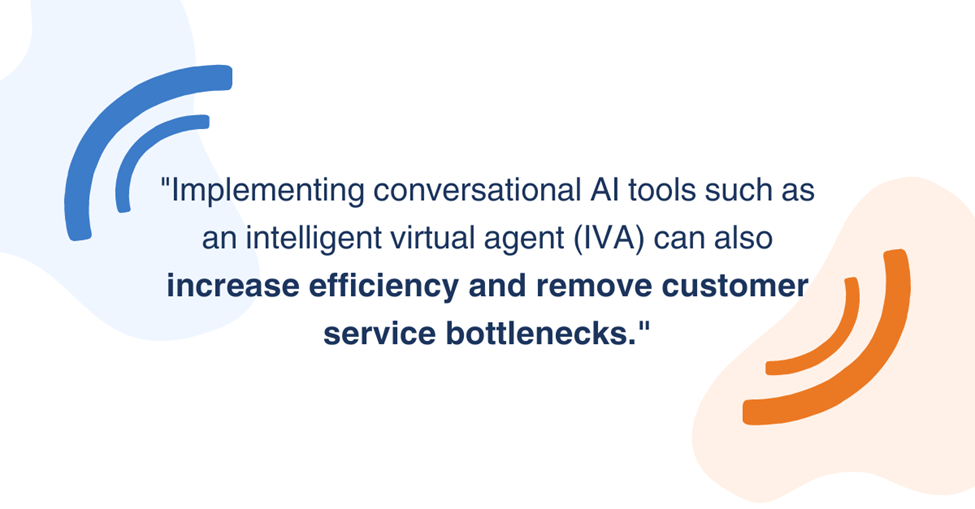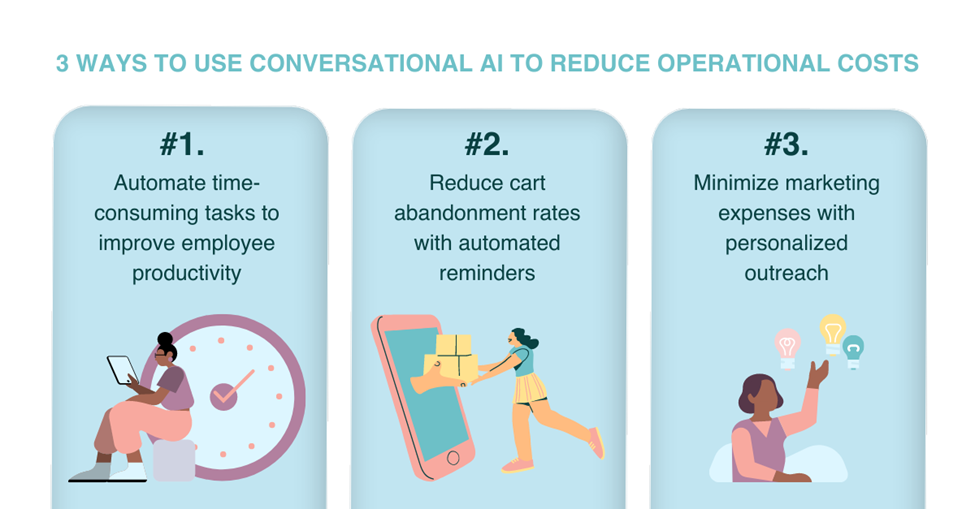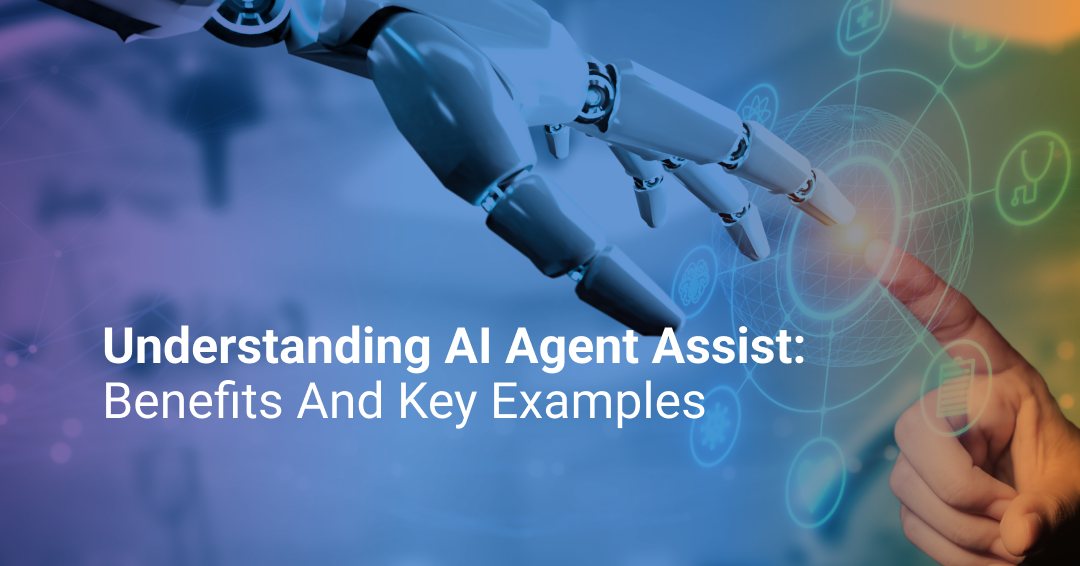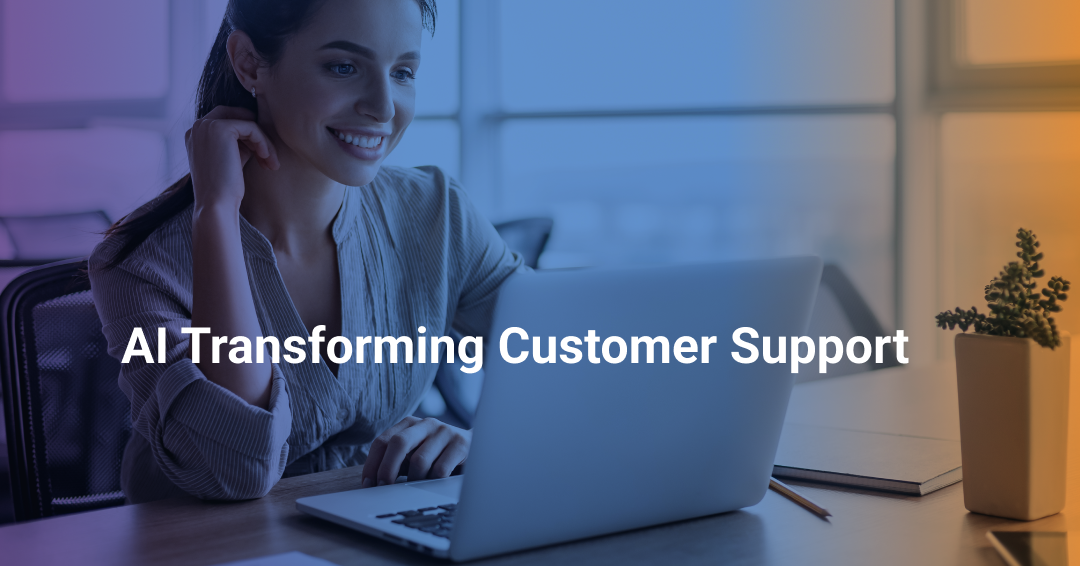What's AI Agent Assist? Benefits and Examples
Modern businesses, especially large-scale enterprises, face the key challenge of overburdening their customer support teams while looking to scale...

Managing budgets and operational costs is a critical aspect of running a business. Operational costs refer to any expenses incurred during the daily administration of a business, such as employee payroll, rent, health insurance, electricity, and others. Business owners often look to adjust their investments and improve profitability by reducing operational costs. In this blog post, we will discuss how modern technology, especially conversational AI, can help organizations improve employee productivity, reduce operational costs, reduce cart abandonment rates, and minimize marketing expenses.
Integrating intelligent tools like conversational AI can be an effective way for organizations to reduce operational costs. Conversational AI refers to AI-based technologies that automate tedious inbound and outbound communications, customer engagement operations, and other customer service activities. Over time, AI use cases have evolved, and these systems can now integrate with other systems such as CRM and ERP. Companies can leverage conversational AI to automate order processing, manage inventory, and improve customer service operations to reduce operational costs.
Implementing conversational AI tools such as an intelligent virtual agent (IVA) can also increase efficiency and remove customer service bottlenecks. For instance, online retailers may experience sudden or unpredictable increases in support requests. By leveraging an IVA to handle routine inquiries, support teams can free up human agents to work on other projects. This approach can help reduce operational costs and have a positive impact on the bottom line.
Outlined below are three ways to use conversational AI to reduce operational costs:

Improved efficiency is critical to controlling costs related to labor. Employee productivity plays an important role in achieving and increasing profitability. Decision-makers can improve employee productivity with the help of technology. AI can perform routine tasks more efficiently than humans, typically with fewer errors. Organizations can leverage AI to supplement current workers, which can help improve employee productivity through automation.
An IVA powered by conversational AI can help improve employee productivity by scheduling meetings, finding information, answering common questions, and completing tasks quickly and accurately. Conversational AI can also help organizations uncover customer preferences and voices that agents can reference when helping customers. By providing information from the customer profile, the agent may not have to ask repetitive questions or toggle between systems to find information manually. These capabilities streamline service, improve employee productivity, and boost customer satisfaction.
Cart abandonment can result in lost sales and revenue. Sales and customer retention strategies focus on reducing cart abandonment rates. Cart abandonment occurs when customers add items to their online shopping cart but ultimately don’t complete the purchase. Customers abandon their carts for several reasons, including changing their minds, getting distracted, finding a better deal elsewhere, or encountering unexpected costs during the checkout. They might also abandon their cart if they can’t find an answer to their question in a timely manner.
Automated reminders are one way to reduce cart abandonment. IVAs can automatically deliver abandonment reminder emails, texts, or calls to customers after a certain period of time has passed. This reminder can include a link to the cart or a special offer to encourage the customer to complete their purchase.
Not only do these automatic reminders reduce cart abandonment and drive sales, but they also improve employee productivity. Employees don’t have to manually follow up with customers, freeing up their time for other tasks.
The IVA can create and send different reminders based on where the customer is on their journey. This might include incentives or discounts to encourage customers to complete their purchases, reminding them of items they previously showed interest in, or proactively providing answers to their questions.
Effective customer experience (CX) strategies rely on understanding customer preferences. Personalized marketing outreach can increase customer satisfaction and loyalty. When customers receive personalized marketing communications, they’re more likely to feel valued by the company. They might also be more likely to remain loyal to the brand, which can result in a higher customer lifetime value.
However, manually sharing personalized information about promotions, events, sales, and other customer-centric activities can be costly. With automated outreach campaigns, a conversational AI product identifies the right content and the right time, and it does so in a natural, engaging way. No need for manual follow up.
Overall, using AI to personalize marketing outreach and decrease marketing expenses is a win-win for businesses and their customers.

In conclusion, reducing operational costs is a critical priority for most organizations. Thankfully, modern technology like conversational AI can help reduce costs by automating time-consuming tasks, reducing cart abandonment, and personalizing marketing outreach.
AI-powered tools like Mosaicx can improve employee productivity, increase efficiency, and streamline customer service, which can lead to happier customers and increased revenue. By using conversational AI to reduce operational costs, businesses can become more competitive and achieve greater profitability.
It’s important to keep in mind that AI is not a silver bullet, and its effectiveness depends on the specific use case and how well it’s integrated into the business. Decision-makers must evaluate their specific operational costs, identify where AI can provide the most significant benefits, and work with experienced vendors to ensure a successful implementation.
At the end of the day, the investment in conversational AI can be well worth it for businesses looking to optimize their operations and improve their bottom line.

Modern businesses, especially large-scale enterprises, face the key challenge of overburdening their customer support teams while looking to scale...

Customer expectations are changing drastically. What once gave an edge is now simply expected. Hence, it should not be surprising to see businesses...

With customer service expectations at an all-time high, businesses are turning to automation to deliver great support, save costs, and streamline...